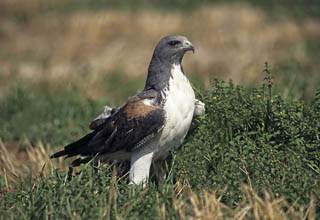by Alexandra Forsythe
The comical American Woodcock is famous for its spring mating display, known as the Sky Dance, and that display is a spectacle to behold! The male will start by peent-ing. He stands in the grass, faces one direction, honks out a “peent” sound, makes a quarter turn and “peents” again. When he is satisfied that he has sung enough, he will fly up to 350 feet in the air, circling like a feathered tornado, as his wings make twittering sounds. Then he will begin his descent, still twittering, while making chirping sounds. When he lands, he starts the display over again. The Sky Dance is mentioned in Aldo Leopold’s book, “A Sand County Almanac”. The author writes, “The show begins on the first warm evening in April at exactly 6:50 p.m. The curtain goes up one minute later until June 1, when the time is 7:50. This sliding scale is dictated by vanity, the dancer demanding a romantic light intensity of exactly 0.05 foot-candles. Do not be late, and sit quietly, lest he fly away in a huff.”
The Woodcock is mostly found in old grasslands and open woods. They nest on the ground in the grasses, but the nests are incredibly hard to find. The barring on the Woodcock’s feathers is specially designed to allow them to be masters of camouflage.
American Woodcocks are not attracted to feeders or bird baths. Their favorite foods are invertebrates, including millipedes, snails, ants, beetles and earthworms. They will occasionally eat small plants as well. To find earthworms, some believe that the Woodcocks will rock their bodies back and forth, which may prompt earthworms to move underground making slight sounds that the Woodcock may be able to hear.
The American Woodcock migrates south for the winter, flying at dusk and into the night. They usually return in late March to early April. However, according to National Geographic’s article, “Birds Don’t Like Old Man Winter Anymore, Either”, we might see fewer Woodcocks this year. With the colder temperatures and snow cover, many Woodcocks may have arrived too early in our area and may have been wiped out by the cold and the lack of food.
The American Woodcock does not have many known predators. As always, humans are a major threat. As they mainly eat insects, Woodcocks are susceptible to insecticide poisoning. Cars are another threat, and so are heavy metals, such as lead which can be found in some earthworms. They are also heavily hunted, with 300,000 American Woodcocks killed every year for sport.











